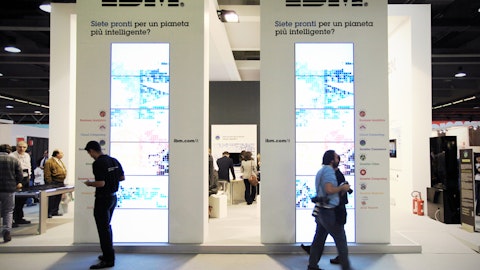With dividend growth investing being a very popular method for creating a growing passive income stream for the long haul, many first time investors might feel intimidated by the process of actually building up and creating their own dividend investment portfolio. While I can understand the hesitation and resistance some might feel to wanting to undertake such an endeavor, I can say first hand that the task is not as difficult as some might want you to believe. Creating your own investment portfolio that can provide you an ever increasing dividend income stream need not be difficult if you stick to some basic guidelines and investing principals during all market conditions. These investing traits have carried me through some of the toughest times to hold equities and today I am glad I followed my own set of rules as it has served me well for many, many years. With that being said, let’s dive into my personal method for selecting dividend paying stocks.
Back in 2007, when I decided to become a dedicated dividend growth investor, I chose to build the foundation of my portfolio upon the Dividend Aristocrats list. To me, this list entails the ‘best of the best’ in terms of finding excellent long term dividend growth stocks. To make the elite Dividend Aristocrats list, a stock must raise its dividend every year for at least twenty five years. If a company can achieve this feat its a clear sign that management has a shareholder friendly dividend distribution policy as well as the ability to manage cash flow in order to continually raise its dividend year after year. Names that I have considered from this list and are included in my current portfolio are, Archer-Daniels-Midland Company (ADM) with 40 years of dividend raises under its belt, Emerson Electric Co. (EMR) with an impressive 59 year history of raises and 3M Company (MMM) with 57 years of consecutive growth to name a few. Of course, this is not an endorsement of blindingly building a portfolio solely from stocks on this list, rather, it’s a solid starting point for further research to pick and choose from some of the most solid and reliable names in their respective industries.
Next, I like to look at the payout ratio of a stock that I am considering. The payout ratio is simply a proportion of earnings that is paid out as dividends to shareholders. Typically, I like this ratio to be well below 80% as it would indicate a sustainable dividend yield with room for future growth based on current earnings. When payout ratios exceed 80%, it typically signifies a dividend that may not grow in a particular year or worse, may be cut. After all, the purpose of being a dividend growth investor is to build a portfolio of annual dividend growers and not cutters so paying attention to earnings/cash flow and the payout ratios becomes crucial. Some names with low payout ratios in my portfolio include Illinois Tool Works Inc. (ITW) at 39.8%, Becton, Dickinson and Company (BDX) at 30.8% and CR Bard Inc. (BCR) with a low 9.5% payout ratio indicating a very safe dividend with room for future growth based on current cash flow.
Many first time investors sometimes do not pay attention to payout ratios and instead focus on yield alone. This can be a mistake as high yields often indicate something inherently wrong with the company in general, as well as a potentially unsustainable dividend. For regular dividend paying stocks I like to see yields well below 5%. Anything higher, raises flags.






